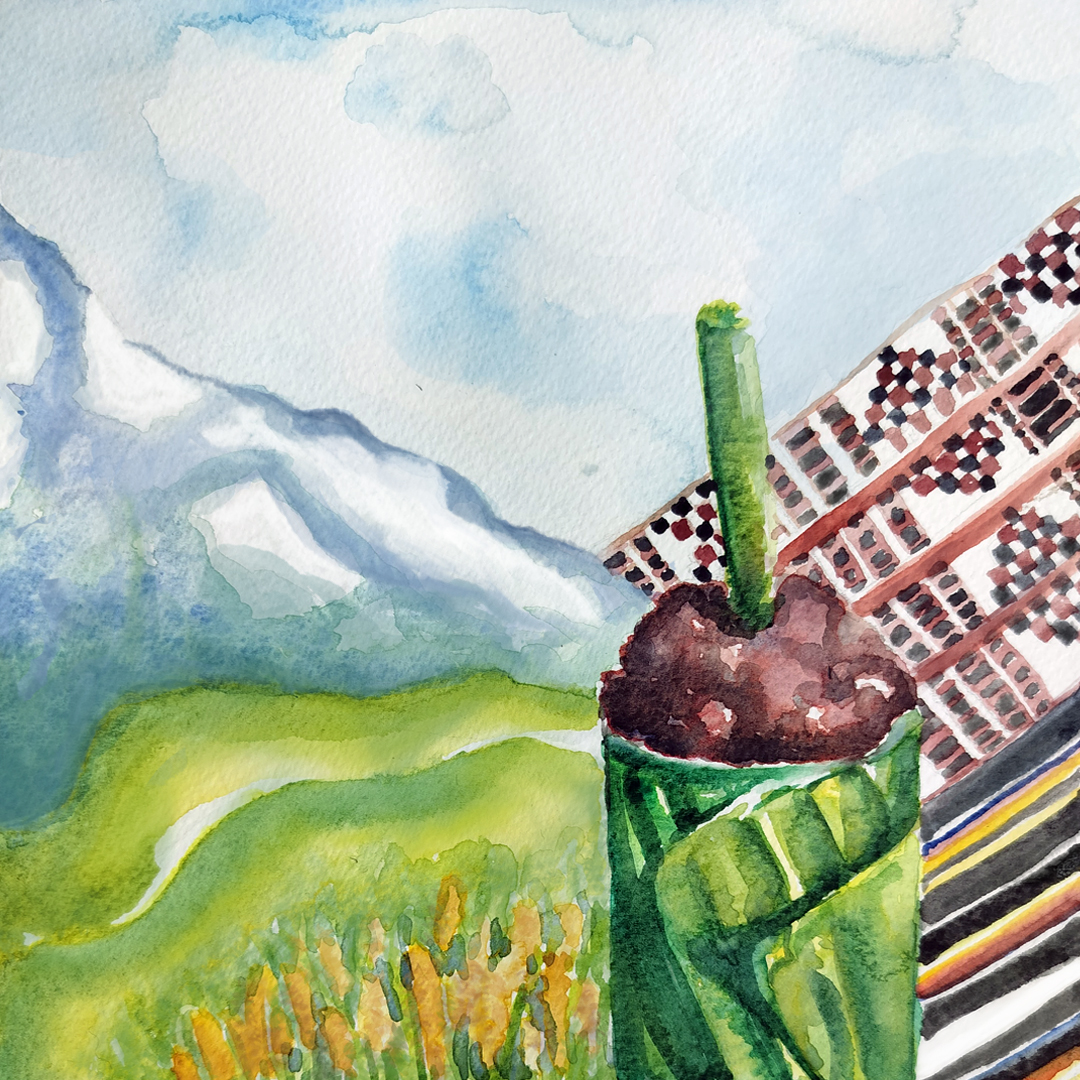For the Lepcha tribe in North-East India, a millet-based fermented drink weaves myths and memories through generations.

This saying is often shared over a laugh by the elders of my tribe, when they gather round in the evenings over chi, to talk about worldly matters.
My maternal grandfather often had visitors who would stop by the house for a drink. Winding erringly across the wooden floor of our kitchen and jostling for space between visitors, my maternal aunt would place the pathyut, a cylindrical bamboo receptacle filled with chi among the guests. They would sip on the chi from a bamboo straw attached to the pathyut, and engage in long conversations. My aunt would instruct me to fill the pathyuts with hot water at regular intervals. I detested doing it, but even so, I was curious about and excited for the stories my grandfather would often narrate with fastidious care against the sooty backdrop of the evening. He would sip on his chi in between these stories, and remark with a sigh, “Ah! The chi tastes like heaven”.
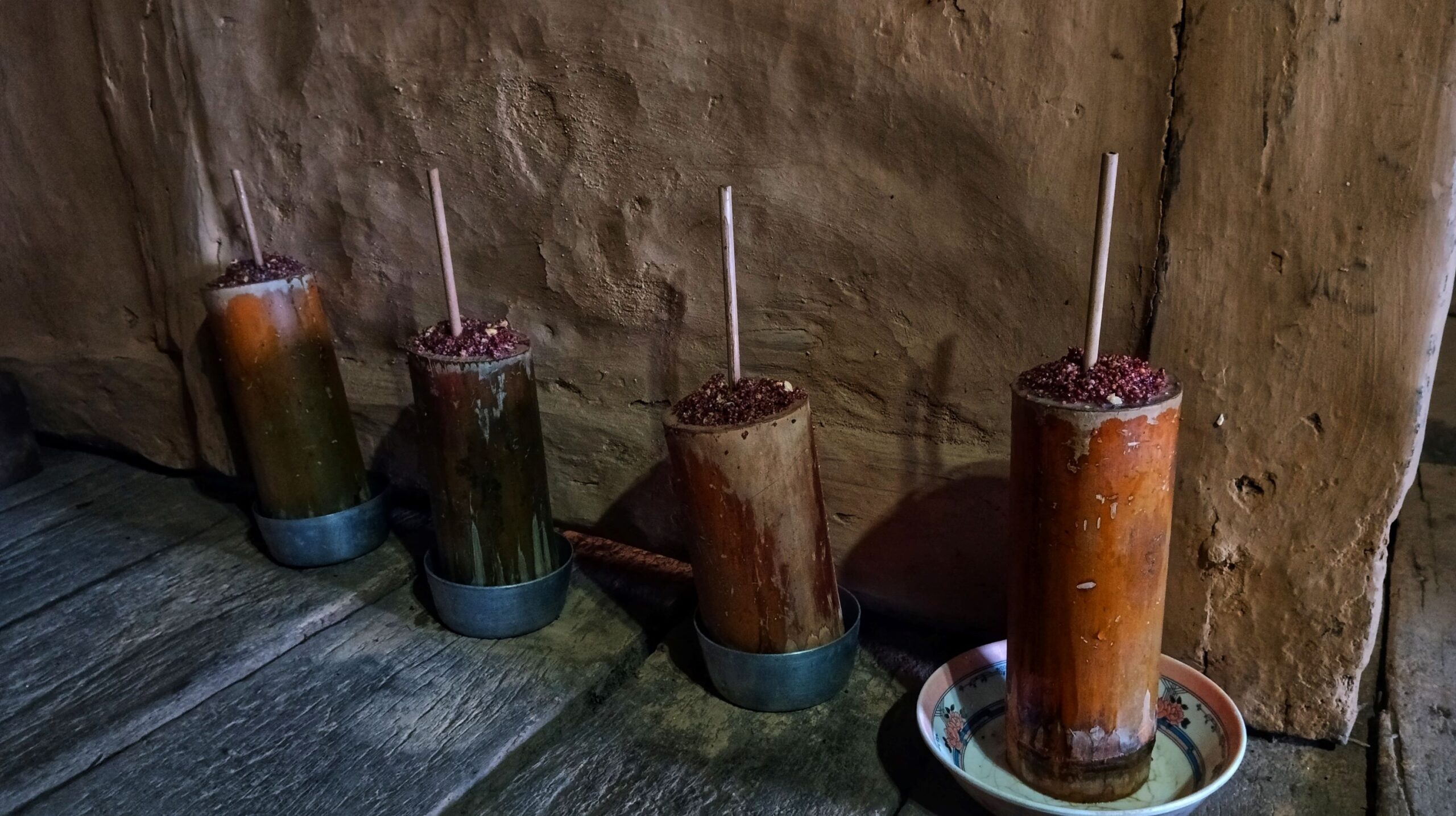
I spent my childhood around chi. Not drinking it of course, but seeing it in every aspect of our lives. Chi is a traditional fermented millet-based drink that is mildly intoxicating because of its yeast-fermented base called ‘but’ in the Lepcha language. It is savoured as the favourite drink of the Lepchas.
My mother and my maternal aunts are somehow skilled in detecting whether the chi is sweet, or if it has turned sour or overly bitter.
Chi is similar to the Nepali tongba, but it has its own cultural and ritualistic significance for us, the Lepchas. Ask any Lepcha about how they perceive chi, and they would readily say it is “a source of strength”, or “a ritualistically sacred element”. Indeed, in the Lepcha villages of Kalimpong, in West Bengal, chi is revered as both.
This is best illustrated through the origin story of chi. It goes like this – the ‘but’ or yeast was slyly stolen and brought to Mayel Lyang (the land of the Lepchas) from the core of the netherworld by a tangder (cockroach). The idea was that chi would revive the lost spirit of the Lepchas, and peace and order would be restored. However, since the ‘but’ was stolen, chi was cursed. If drunk in the right manner, chi would be beneficial; if not, it would turn poisonous.
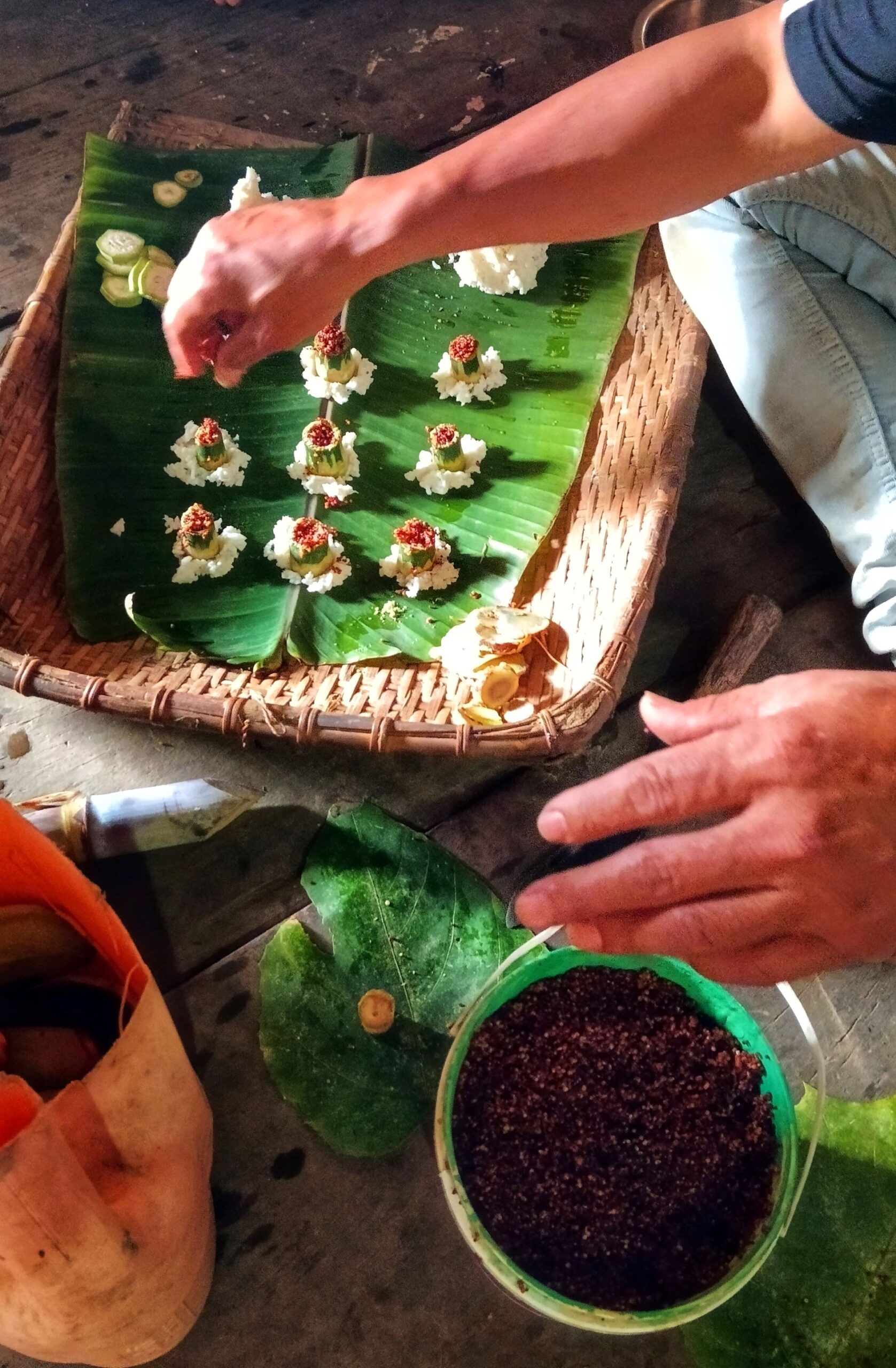
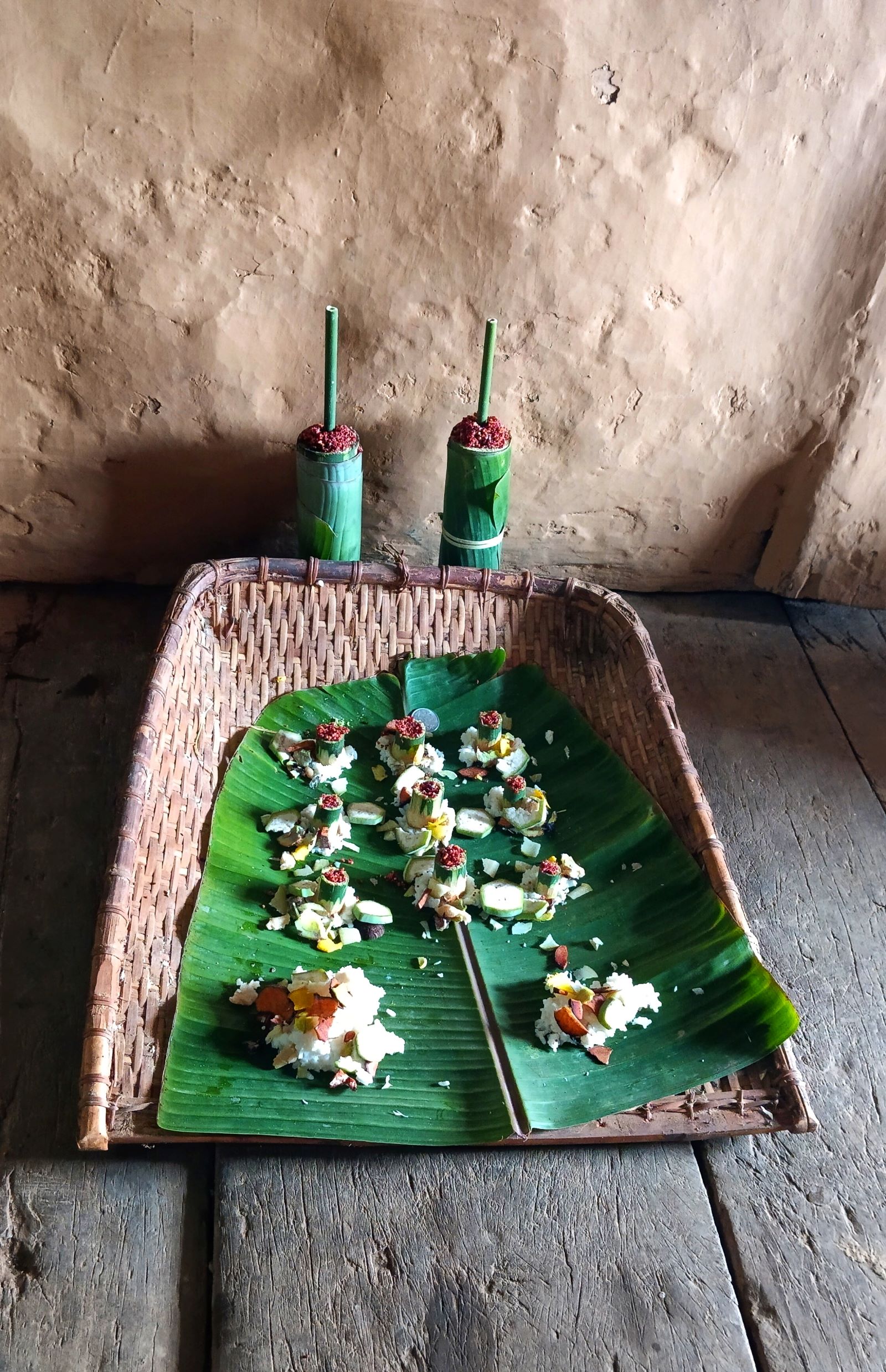
The euphemism was intended to ensure that chi was consumed responsibly. But the warning is often ignored, especially during festivals, feasts, and marriages, where revellers drink until it fills up their spirits. The existing norm (for the most part) has us Lepchas perceive chi as a nourishing food. It replenishes our bodies with essential nutrients, and when consumed in the right quantity, has enabled our tribe to survive famine, illness, and old age.
Chi serves as a sacramental offering to our gods – especially to the unseen creator we call Itbu-Debu Rum, and to his various creations, of which Mother Nature is considered most significant. In Lepcha villages in Kalimpong, millet is cultivated with the express purpose of making chi.
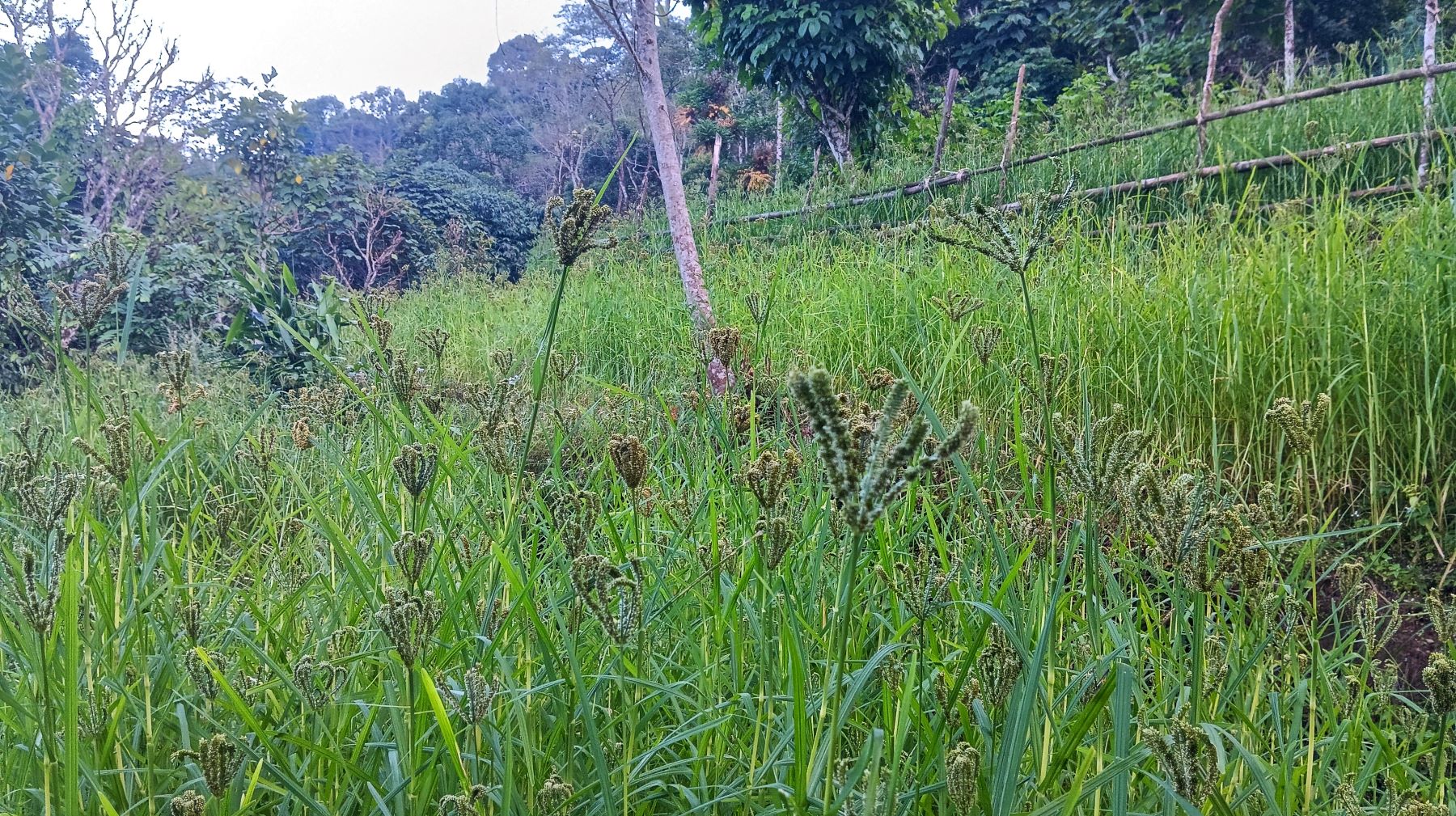
This, once again, is linked to our ritualistic obligation to offer chi prepared from millets grown in our own fields for certain rituals, as well as for daily consumption, and for feasts, marriages, and deaths. “There’s no such thing as less chi!”, Lepcha members in the village might exclaim. Chi also forms the basis of the rites to mark a birth. Newborn babies are fed a few drops of chi during their Tungbaong Faat (naming ceremony). A marriage is not solemnised unless the couple drinks chi from the same pathyut. Even in a death ceremony, a pathyut is kept on the grave, so that the deceased does not go thirsty to the afterlife.
Chi’s lifecycle feeds the culture of the Lepcha social world and gives it meaning.
The making of our traditional drink is fascinating. I have always found the smell of chi overpowering. My mother and my maternal aunts are somehow skilled in detecting whether the chi is sweet, or if it has turned sour or overly bitter. Their talent comes from years of making chi. It is an ability learned and passed on through observation and experience. It takes at least three to four days to prepare a batch of chi. The grains are boiled until they are perfectly cooked. They are then spread out on a mat or plastic sack to rest. Once the cooked millet is cooled, the ‘but’ is evenly mixed with the grains. This mixture is packed and covered with a blanket until fermentation is completed – a process that takes about twelve hours during summers, and over two days during winters. The constant need for chi makes its preparation a year-round activity. In fact, this pursuit gives Lepcha women the creative liberty to prepare several varieties of chi. Combinations of grains used to make chi can include millet and barley, millet and maize grit, tapioca and other wild tubers, rice, and so on. The most authentic form of chi though, and the most widely consumed is millet chi or mong chi.
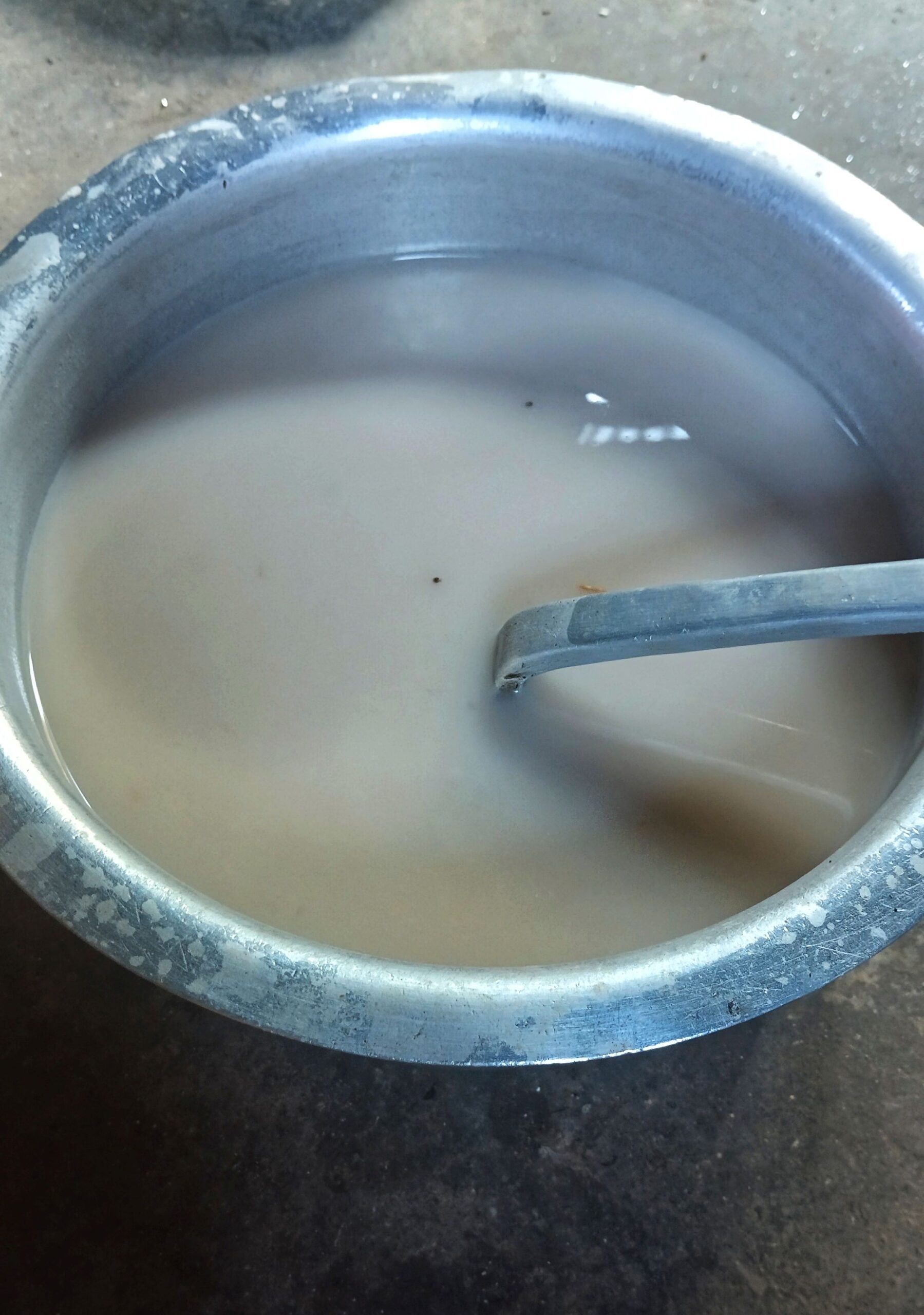
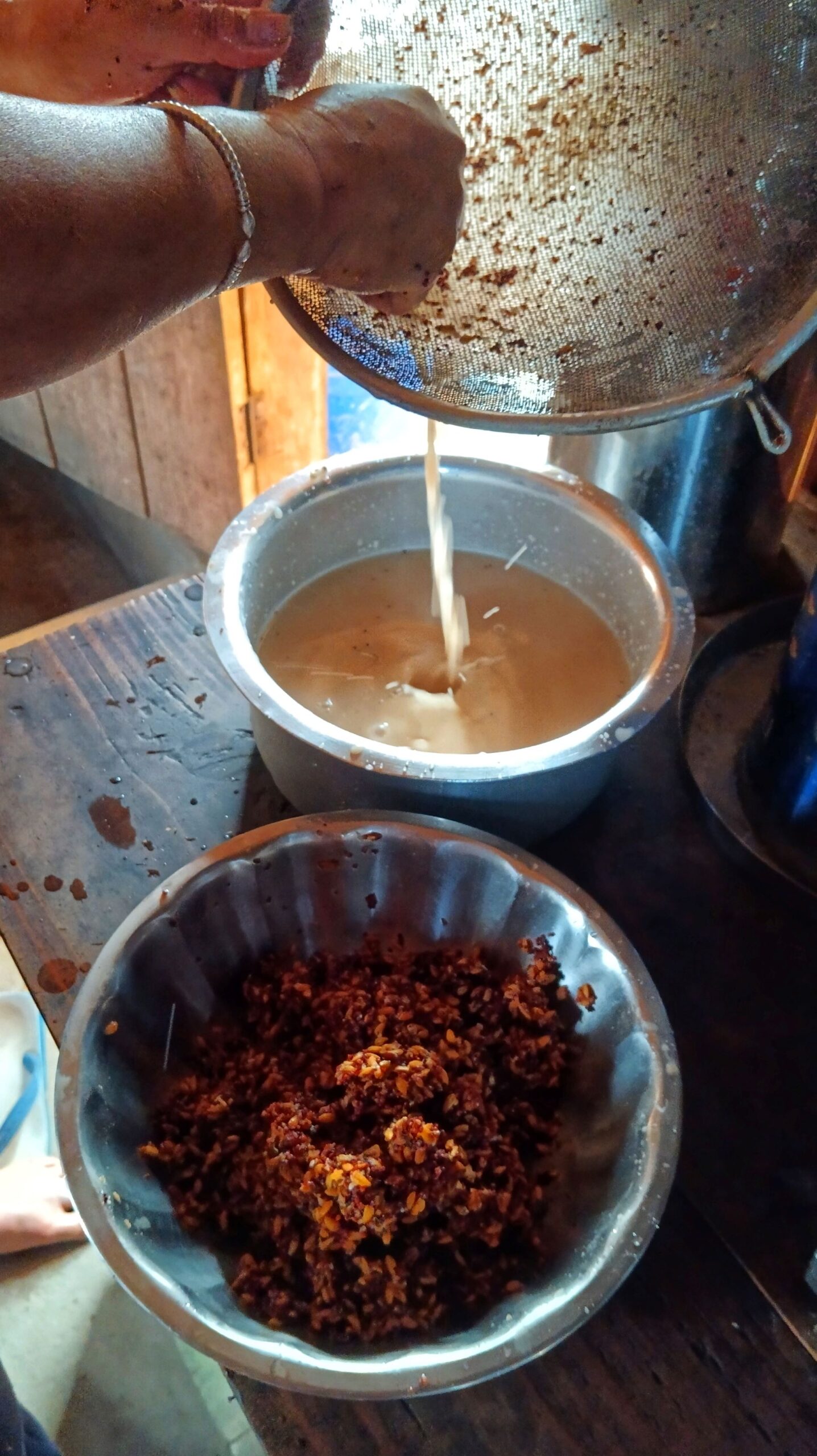
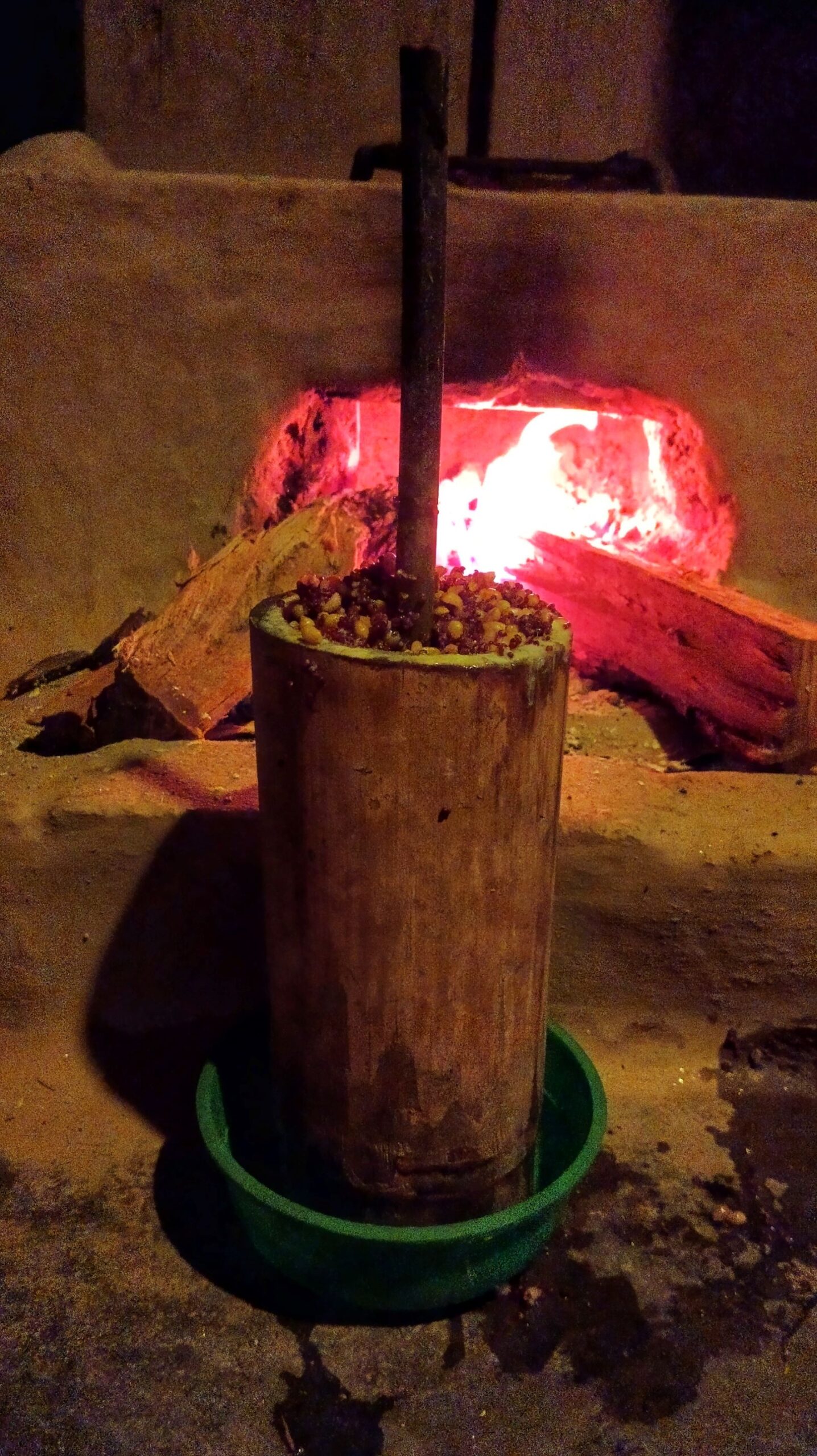
I cannot possibly imagine celebrating Namsung (the Lepcha New Year) without refilling pathyuts with chi and hot water, let alone the dancing and singing that follows. Similarly, Lepcha marriages require tons of chi for ritualistic purposes. We serve it to guests, and more importantly, we offer it as a gift to the in-laws. Recently when my cousin’s marriage was fixed, all the family members joined forces to prepare a sufficient amount of chi to cater to the needs of the ceremony.
Chi is largely consumed by adults and elderly persons. A cup of strained milky chi called chi chok can be drunk at any time of the day. It has a mellowing and soothing taste, and is usually savoured as an energy drink while working in the fields, or when taken after dinner. My maternal aunt usually keeps a separate container for chi chok, as does almost every woman in our village. The spent grains of chi are fed to pigs and goats. Chi’s lifecycle feeds the culture of the Lepcha social world and gives it meaning.
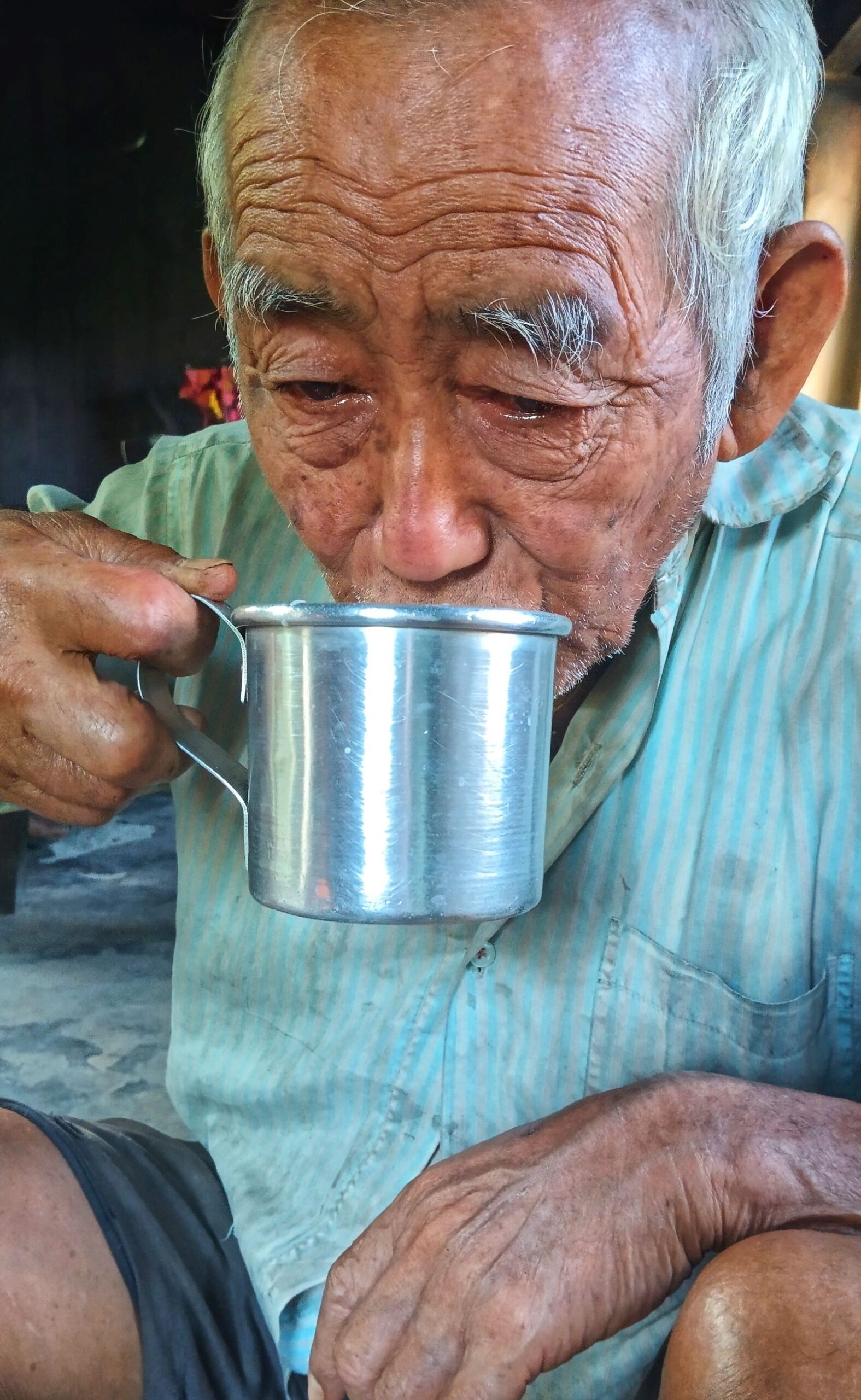
And so, I’m always delighted to visit my maternal grandfather in the village. Many things have changed recently – he’s grown older, his hair is grey and his cheeks are wrinkled. His advancing age lends an emotional gloss to my childhood memories. They make me fondly remember the stories he’d narrate by our fireside while sipping on his pathyut. His spirit is intact even today, especially as he welcomes visitors and shares life experiences over chi. Chi has stayed constant here over the years. For me, chi will always remind me of my childhood days with my grandfather. It has connected me with my Lepcha roots. It has made me believe that food weaves a collection of memories and a sense of belongingness that keeps us rooted in our culture.

